Do you want to understand the different types of AI models and their drawbacks in 2025?
By increasing productivity, automating procedures, and providing insightful data, artificial intelligence (AI) has revolutionized a number of industries. Notwithstanding their impressive potential, AI models have a number of drawbacks that businesses need to take into account.
The primary categories of artificial intelligence models, their uses, and the typical problems with each are summarized in this article.
To avoid AI detection, use Undetectable AI. It can do it in a single click.
Table of Contents
Supervised Learning
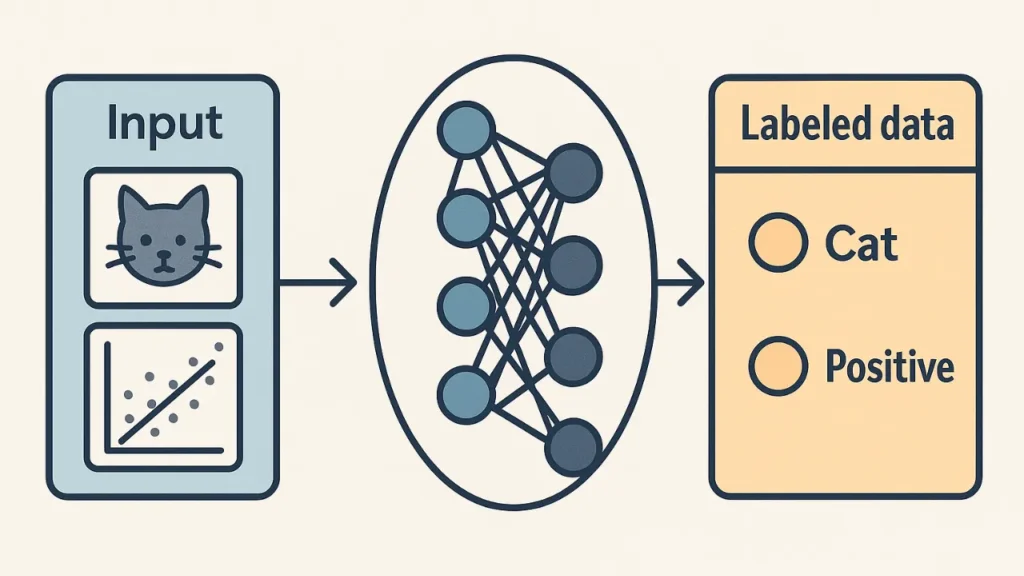
In the machine learning technique known as “supervised learning,” AI models are trained using labeled data. The model makes predictions on fresh data by learning from the input-output pairs.
Example: Image recognition or text classification.
Drawbacks:
- Data Dependency: Needs a lot of labeled data, which can be costly or time-consuming to acquire.
- Bias: The model’s predictions could be erroneous or biased if the training data is biased or lacking.
- Overfitting: When a model performs well on training data, it may overfit and not generalize to new, unseen data.
Unsupervised Learning
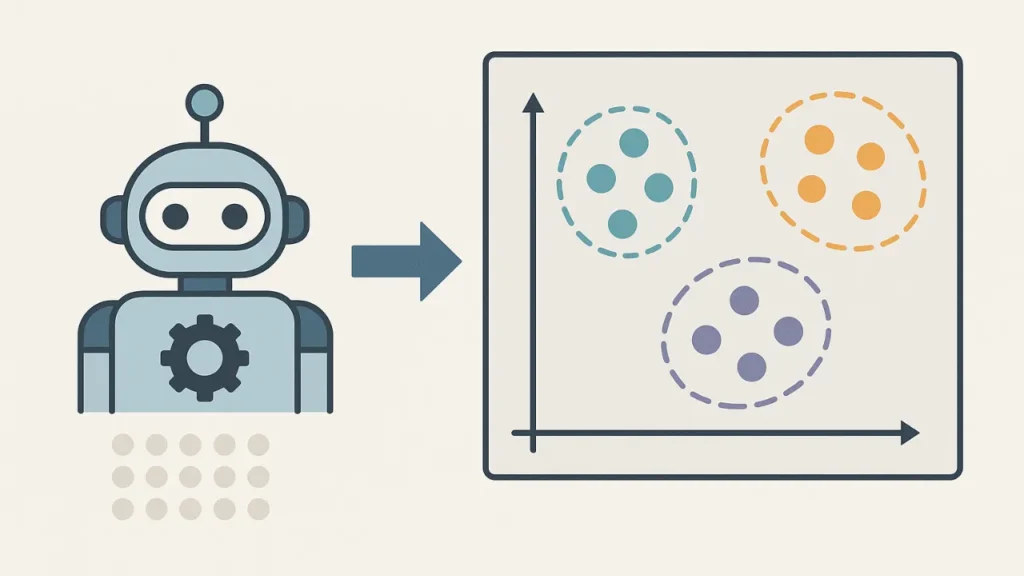
When an AI model is given unlabeled data, unsupervised learning entails letting it find patterns or structures in the data on its own.
Example: Clustering data into groups or anomaly detection.
Drawbacks:
- Lack of Control: It is more difficult to assess the model’s accuracy and performance when the data is unlabeled.
- Interpretation Challenge: The model might reveal patterns that are irrelevant or meaningless.
- Complexity: It can be hard to fine-tune the model and make sure it yields insightful results.
Reinforcement Learning
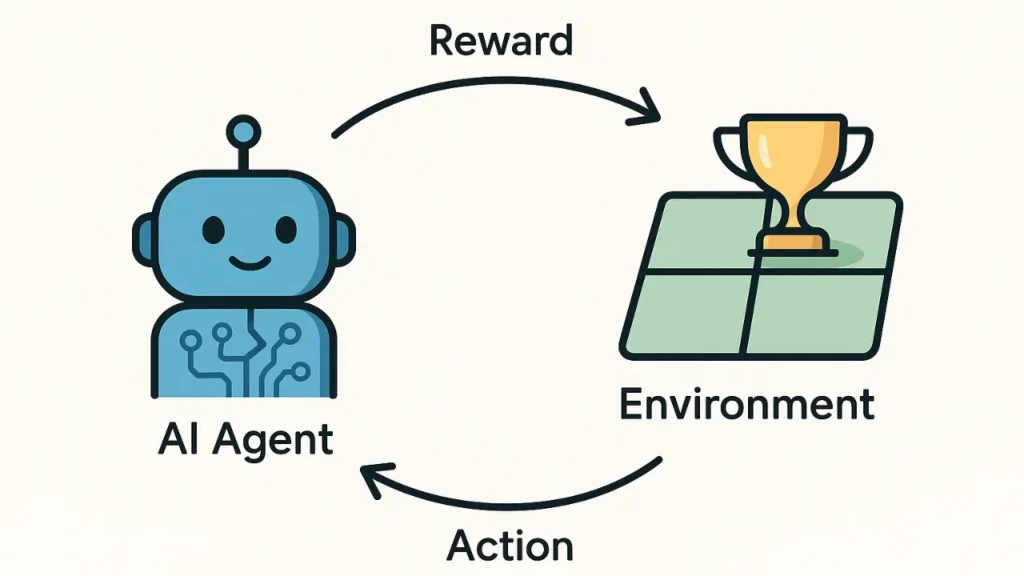
AI models that act in an environment and receive feedback in the form of rewards or penalties are said to be learning via reinforcement learning.
Example: AI in gaming or robotics for navigation and decision-making.
Drawbacks:
- Resource-intensive: Needs a lot of time and processing power to properly train the model.
- Unpredictability: Unexpected or undesirable behaviors could result from the model’s learning process.
- Real-World Application Complexity: Accurately simulating real-world environments can be difficult.
Deep Learning
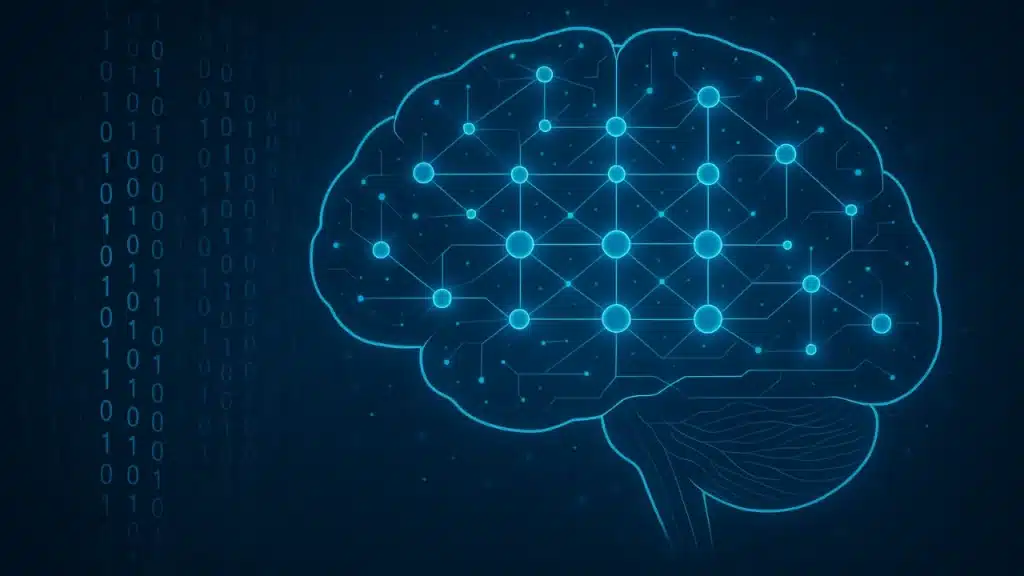
Deep learning is a branch of machine learning that processes and learns from vast amounts of complex data using multi-layered neural networks.
Example: Image generation, voice recognition, and natural language processing (e.g., ChatGPT).
Drawbacks:
- Data Hungry: Needs enormous volumes of data and processing power in order to train efficiently.
- Interpretability Problems: Since deep learning models are frequently regarded as “black boxes,” it can be challenging to comprehend how they make decisions.
- Overfitting Risk: Deep learning models have the same potential to overfit to training data as supervised learning and undergeneralize to new data.
Natural Language Processing (NLP) Models
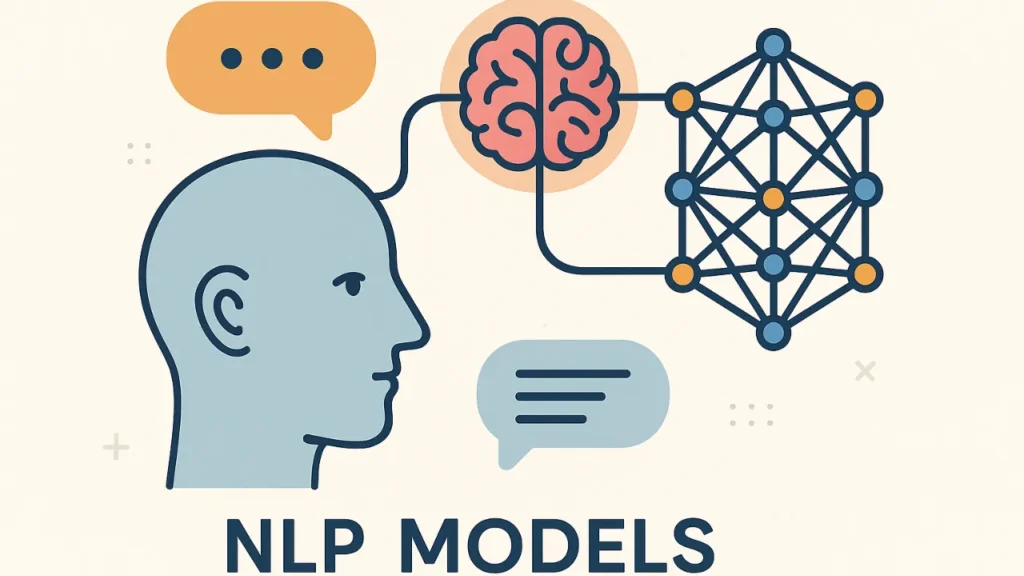
The purpose of NLP models is to comprehend, interpret, and produce human language.
Example: Chatbots, text summarization, or translation systems.
Drawbacks:
- Context Understanding: NLP models occasionally have trouble comprehending text’s ambiguous or complex contexts.
- Language Bias: Unintentionally amplifying biases in the training data can result in unethical or discriminatory outputs from NLP models.
- Computational Cost: It can be costly and resource-intensive to train cutting-edge NLP models like GPT.
Generative Models

Generative models are used to produce new data, like text, images, or music, that is similar to the training data.
Read Also >>> AI Tools in Customer Service
Example: Midjourney (image generation) or MuseNet (music generation).
Drawbacks:
- Quality Control: The outputs produced may not always be of a high caliber or fulfill expectations.
- Ethical Concerns: It is possible for generative models to be abused to produce damaging content or deepfakes.
- Data Limitations: Biases in the data may be reflected in the output, and the caliber of the generated content is contingent upon the caliber of the data used for training.
AI in Video Editing and Multimedia

AI models can be used to create multimedia content and edit videos, increasing creativity and productivity.
Example: CapCut (video editing), auto-generated background music, or automatic video tagging.
Drawbacks:
- Creativity Limits: AI-generated material may not be as innovative or creative as that produced by humans.
- Quality Problems: The AI might generate less-than-ideal outcomes that call for human intervention or improvement.
- Reliance on Templates: AI frequently uses preset algorithms or templates, which may limit its creative freedom.
Key Takeaways on AI Models’ Drawbacks
Data Dependency: For many AI models to work correctly, large, high-quality data sets are necessary.
Fairness and Bias: AI models may produce unfair or discriminatory results if they inherit biases from training data.
Computational Cost: It can take a lot of resources to train and implement AI models, especially sophisticated ones like deep learning.
Interpretability: Deep learning and other AI models are frequently viewed as “black boxes,” making it challenging to comprehend how they make decisions.
Conclusion: Understanding the Different Types of AI Models and Their Drawbacks
Businesses and organizations wishing to use AI technologies must be aware of their limitations, even though AI models provide notable improvements in automation and decision-making.
Making better decisions and reducing potential problems are made possible by being aware of disadvantages like bias, data dependency, and high computational costs. Many of these issues are being resolved as a result of continuous advancements in AI research, opening the door to even more dependable and potent AI systems.


